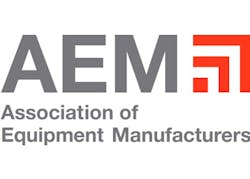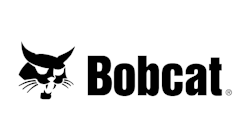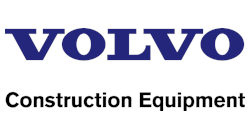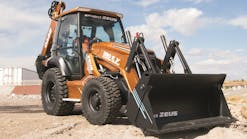NEWLY FORMED AEM TASK FORCE TO EDUCATE INDUSTRY ON PRESENT, FUTURE IMPACT OF ENGINE EMISSIONS
AEM is pleased to announce the formation of an Engine Emissions Strategy Task Force (EESTF) to help guide the association’s ongoing efforts to keep its members and the off-road industry up to date on equipment emissions regulations.
The EESTF, scheduled to meet monthly through the end of 2022, has tasked itself with educating industry professionals on potential future emission requirements, the changes to power trains and the impact that will have on equipment design, and cost implications. In addition, the task force may help others understand that there may be a different technology solution for different applications/machine types.
“I look forward to leading this task force and representing the AEM membership’s interests as we work to understand, influence, and effectively communicate the industry’s emissions strategy,” said David Nicoll, product manager, Industrial Power Systems Division at Caterpillar and EESTF Chair.
The EESTF’s initial activities serve to help its members fully understand where regulations currently sit around the world, with a specific focus on the emissions-related rulemakings from the U.S. Environmental Protection Agency (EPA) and the California Air Resources Board (CARB). The group discussed the need to level-set the task force not only on next-generation emissions but also on decarbonization. There are also several opportunities for collaboration with other industry associations, which may provide additional information and discussion.
Recent discussions have focused on how best to comply with newly introduced emissions regulations, and how these rules may disrupt investments and the use of resources in the future. Topics included:
- Decarbonization
- Powertrain changes
- Electrification
- New features or design changes
Prior to the task force determining their desired outcomes, more discussions, and a better understanding of implications require further study. As a next step, the committee decided to collect information on the current state of engine emissions regulatory activity, along with potential obstacles and risks related to their implementation.
Including alignment with AEM’s Regulatory Affairs Working Group, the EESTF will also provide guidance to the newly formed Alternative Power Technical Committee (APTC). The APTC will provide a centralized discussion and collection point for the technical aspects of global regulations and standards related to the adoption of non-diesel and non-gasoline technologies. The group will attempt to:
- Identify new and developing technologies
- Determine potential industry-focused applications
- Monitor compliance obstacles, and
- Address regulatory and standards challenges
For more information, contact AEM’s John Somers at [email protected].
For more AEM news and updates, subscribe to the AEM Industry Advisor.









